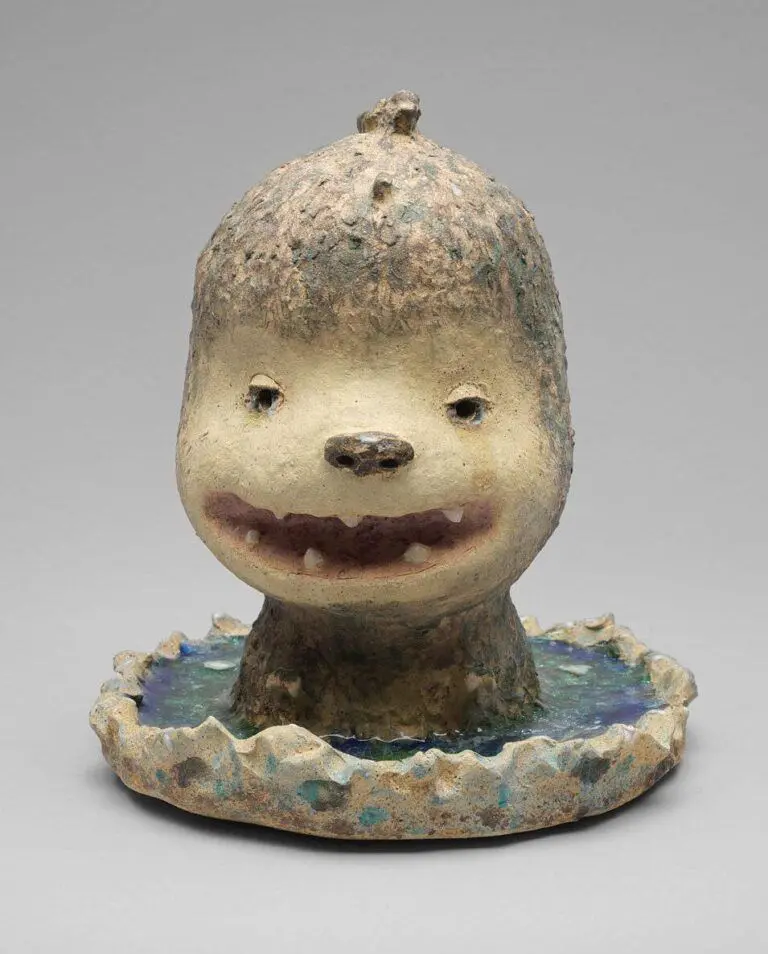Cabin Fever
June 9–September 30, 2018
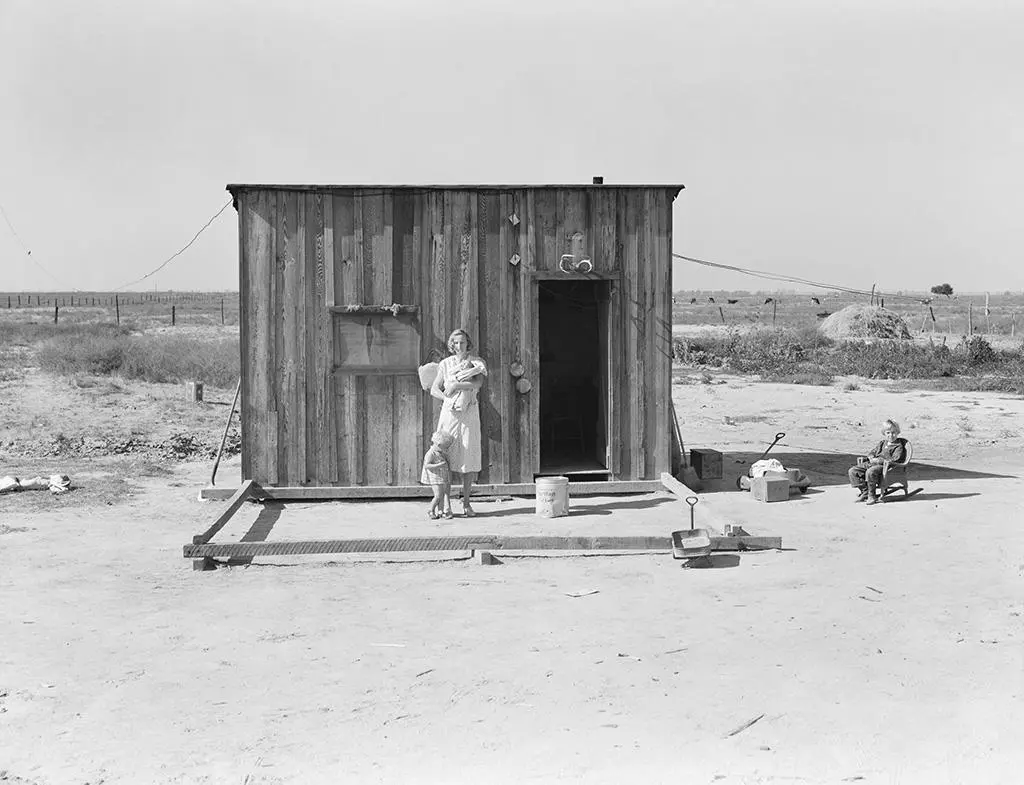
Dorothea Lange
Home of rural rehabilitation client, Tulare County, California, 1938
Farm Security Administration–Office of War Information Photograph Collection, Library of Congress, Prints and Photographs Division
Cabin Fever offers a historical and cultural survey of the cabin in North America, an acknowledgement of the pervasive influence of this typology. The title of the exhibition draws from the idiomatic term for an anxious state of mind resulting from a prolonged stay in a remote or confined place. But it also plays upon the more benign definition of “fever:” a contagious, usually transient enthusiasm. The exhibition explores three main themes—Shelter, Utopia and Porn—each of which speaks to a critical cultural movement within the evolution of the cabin.
The cabin is as much a cultural construct as it is an enduring architectural form, as much a symbol of a certain way of life as it is a marker of the human relationship to place. Such complex connotations and meanings have, at times, rendered the cabin indefinable and elusive. But at its essence, the cabin conjures ideas of a simpler, more primal existence.
It stands apart from ordinary life. It provides basic shelter. It allows for communion with nature. Forever associated with Henry David Thoreau and his iconic (and often misunderstood) retreat on Walden Pond, as well as countless other thinkers and writers from Martin Heidegger to Michael Pollan, the cabin has allowed for considerable philosophical inquisition. It is also an object of consumption and a compelling part of our visual culture, popularized by coffee table books—Rock the Shack, Hide and Seek, Retreat—and websites such as Cabin Porn. No longer is a cabin simply a cabin. Having been appropriated for politics, bastardized in the name of design, and romanticized by the mainstream and counterculture alike, the cabin, as we understand it in a contemporary context, is rife with contradiction.
Perhaps this is because in Canada and the United States the tradition of the cabin has long been associated with the frontier, and as the idea of the frontier changed—both geographically and psychologically—so too did motivations for inhabiting this type of architecture. The old associations endure, but we’ve ascribed new meaning to the cabin. Whereas initially it provided a pragmatic solution for shelter, it has come to represent an idealistic vision of an unattainable past. So potent and seductive is this image that increasingly we present it as a panacea to the modern condition. This is both an obvious response to our over-stimulated world and a puzzling outlet for a culture intent on being connected.
Tracing the evolution of the cabin in North America, we can better understand how it has become an enduring typology in architectural practice. Not only has the cabin survived in various forms and iterations, but it also has resonated deeply in our cultural psyche. In this exhibition, the cabin will be explored through three main themes: Shelter, which introduces the cabin as a practical and provisional solution to patterns of westward expansion and emergency relief; Utopia, which examines the cabin as the ideal locale to practice introspection or to escape the conventions of society; and Porn, which positions the cabin as an idea fully integrated into popular culture.
The exhibition’s layout is structured as a historical narrative in three parts and told through architectural models, drawings and plans; photography; historical documents, literature, film and ephemera. Full-scale cabins, or full-scale structural fragments, will be used in several instances to provide palpable reference to materials, scale and building technique. Installations in the high-wall galleries, and a selection of artwork spread throughout the exhibition, will reveal how ideas of the cabin have been manifest in artistic practice.
ARTISTS, ARCHITECTS AND DESIGNERS
Vikky Alexander | Anshen & Allen | Ant Farm | Steve Baer | James Benning | BIG (Bjarke Ingels Group) | Marcel Breuer | Henrik Bull | John Campbell | Camp Brand Goods | College of Architecture, Texas Tech University | Colorado Building Workshop, University of Colorado Denver | Walker Evans | Filson | Urs Peter Flueckiger | R. Buckminster Fuller | Andrew Geller | Mattie Gunterman | Herschel Supply Co. | Bo Helliwell & Michael McNamara | Lloyd House | Ken Isaacs | A.Y. Jackson | Richard Johnson | Olson Kundig | Dorothea Lange | John Lautner | MacKay-Lyons Sweetapple Architects | Jock Macdonald | Liz Magor | PARTISANS | Patkau Architects | Pendleton | George Rockrise | Arthur Rothstein | Lee Russell | Eero Saarinen | Rudolph Schindler | Scott & Scott Architects | Sitka | Henry David Thoreau | UUfie | John Vachon | Frederick Varley | Frank Lloyd Wright | John Lloyd Wright
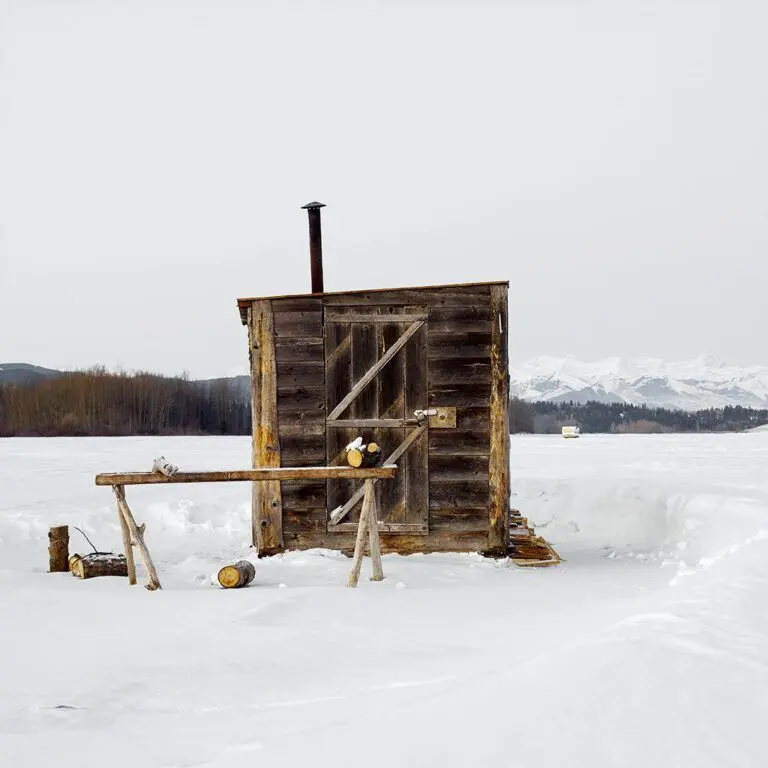
Richard Johnson
Ice Hut #556, Cochrane, Ghost Lake, Alberta, Canada, 2011
Courtesy of the Artist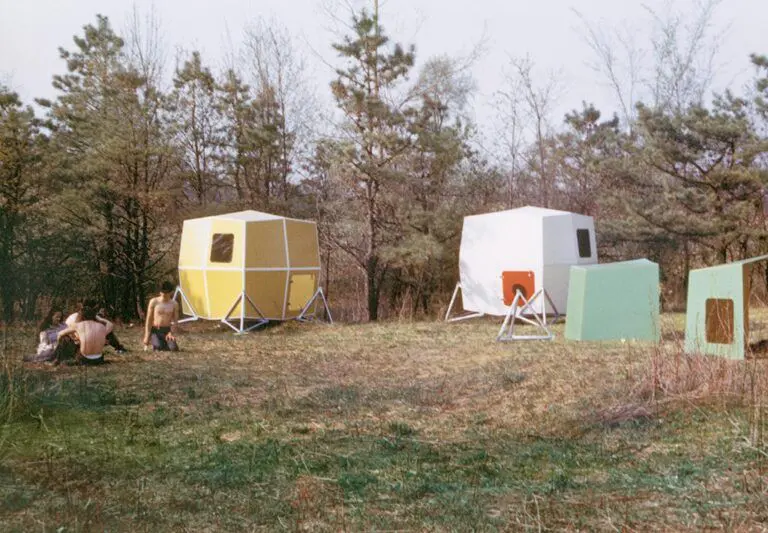
Isaacs Microhouse
Ken Isaacs, 8′ Microhouse,, c. 1972
Courtesy of Sara Isaacs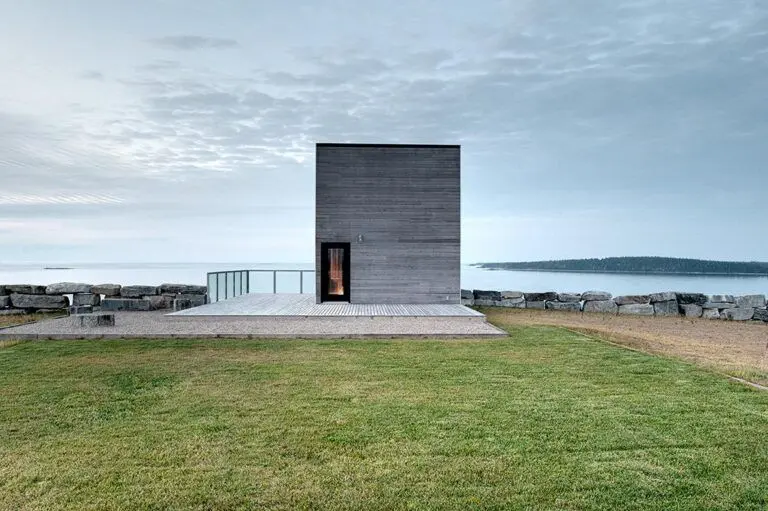
Cliff House
MacKay-Lyons Sweetapple Architects Limited, Cliff House, Tomlee Head, NS, 2010
Greg Richardson, Courtesy MacKay-Lyons Sweetapple Architects Limited
Naudia and Mark Maché
Publication
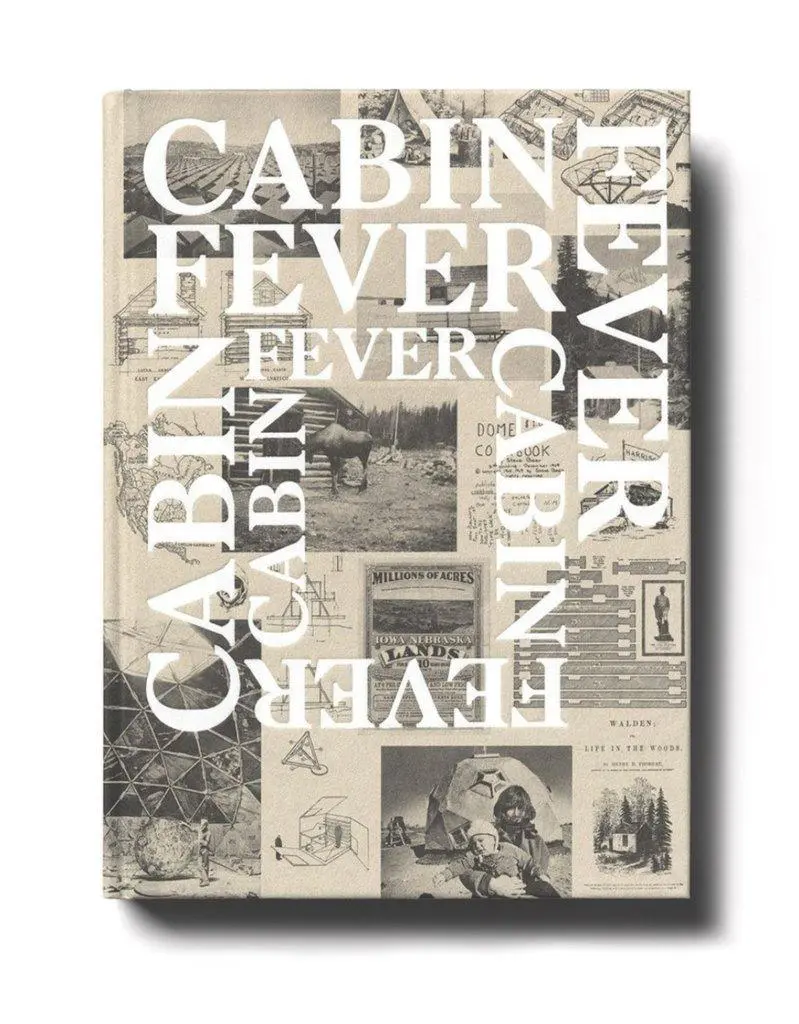
CABIN FEVER
Co-Published by the Vancouver Art Gallery and Information office, 2018
Hardcover, 320 pages
Illustrations: 410 (190 colour)
This over-300 page exhibition catalogue chronicles the history of the cabin. Highlights include the work of Edward Abbey, Margaret Atwood, James Benning, W.E.B. Du Bois, Walker Evans, Dorthea Lange, Michael Pollen, Rudolph Schindler, Julius Shulman and Henry David Thoreau.
